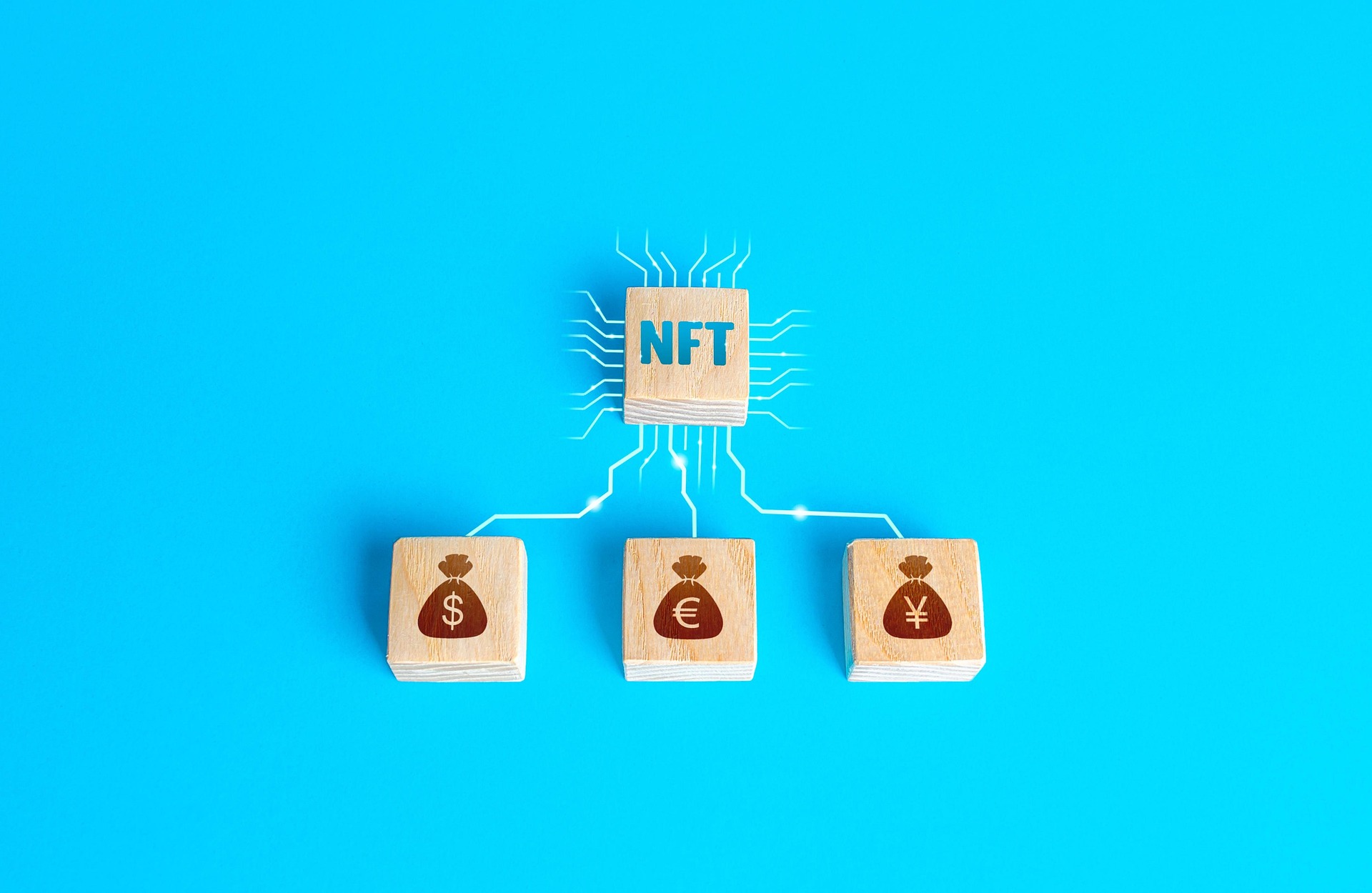Title: Decoding the Metaverse Real Estate Gold Rush
A new frontier in the digital realm is capturing the attention of investors and tech enthusiasts alike: virtual real estate in the metaverse. As major tech companies pour billions into developing immersive digital worlds, a parallel market for virtual land and properties is emerging. This article delves into the burgeoning metaverse real estate market, exploring its potential, risks, and implications for both traditional and digital property investments.

Major tech companies and startups are racing to create immersive digital environments where users can interact, work, and play. These virtual worlds require “land” for users to build upon, leading to the creation of a speculative market for metaverse real estate.
Understanding Virtual Land Ownership
In the metaverse, land ownership is typically represented by non-fungible tokens (NFTs) on a blockchain. These unique digital assets provide verifiable ownership and scarcity, much like deeds in the physical world. Virtual landowners can develop their plots, rent them out, or sell them for profit.
The value of metaverse real estate is largely speculative and based on factors such as location within the virtual world, proximity to popular areas or celebrity-owned properties, and the perceived potential of the platform itself.
The Current Metaverse Real Estate Landscape
Several platforms have emerged as key players in the metaverse real estate market. Decentraland, The Sandbox, and Somnium Space are among the most prominent. These virtual worlds have seen land prices soar, with some plots selling for millions of dollars.
Investors range from individual speculators to large corporations looking to establish a presence in these digital realms. Fashion brands, for instance, are buying virtual storefronts to showcase digital versions of their products.
Potential Applications and Revenue Streams
The possibilities for metaverse real estate extend beyond mere speculation. Virtual landowners can generate revenue through various means:
-
Event hosting: Virtual concerts, conferences, and exhibitions can attract visitors and generate income.
-
Advertising: Prime locations in popular metaverse platforms can command high rates for virtual billboards and other advertising spaces.
-
Virtual offices: As remote work becomes more common, companies might lease virtual office spaces for meetings and collaborations.
-
Gaming and entertainment: Developing games or entertainment venues on virtual land can attract users and create monetization opportunities.
Risks and Challenges in Metaverse Real Estate
While the potential for metaverse real estate is exciting, it comes with significant risks:
-
Platform dependency: The value of virtual land is tied to the success and longevity of the platform it exists on. If a platform fails or loses popularity, investments could become worthless.
-
Regulatory uncertainty: As the market grows, governments may introduce regulations that could impact ownership rights and valuations.
-
Technological obsolescence: Rapid advancements in technology could render current metaverse platforms outdated, potentially devaluing existing virtual real estate.
-
Market volatility: The speculative nature of the market can lead to extreme price fluctuations, posing risks for investors.
-
Security concerns: As with any digital asset, virtual real estate is vulnerable to hacking and fraud.
Impact on Traditional Real Estate
The rise of metaverse real estate raises questions about its potential impact on the physical property market. While it’s unlikely to replace traditional real estate entirely, it could influence certain sectors:
-
Commercial real estate: Virtual offices and stores might reduce demand for physical commercial spaces in some areas.
-
Entertainment venues: As virtual concerts and events gain popularity, it could affect the demand for physical event spaces.
-
Investment diversification: Some investors may allocate a portion of their portfolio to virtual real estate as a speculative investment.
-
Urban planning: Cities might need to consider how the rise of virtual spaces could impact urban development and land use policies.
The Future of Metaverse Real Estate
As the metaverse concept evolves, so too will its real estate market. Future developments could include:
-
Interoperability: The ability to move assets and avatars between different metaverse platforms could increase the value and utility of virtual real estate.
-
Enhanced realism: Advancements in virtual and augmented reality technology could make virtual properties more immersive and valuable.
-
Integration with physical world: We may see increased blending of physical and virtual real estate, with properties having both physical and digital components.
-
New economic models: The metaverse could give rise to novel economic systems and property rights frameworks.
As we stand on the brink of this digital frontier, metaverse real estate presents both exciting opportunities and significant challenges. While it’s too early to predict its long-term impact, it’s clear that this emerging market is reshaping our understanding of property ownership and value in the digital age. Investors, developers, and policymakers alike will need to navigate this new landscape carefully, balancing innovation with risk management as the metaverse continues to evolve.





